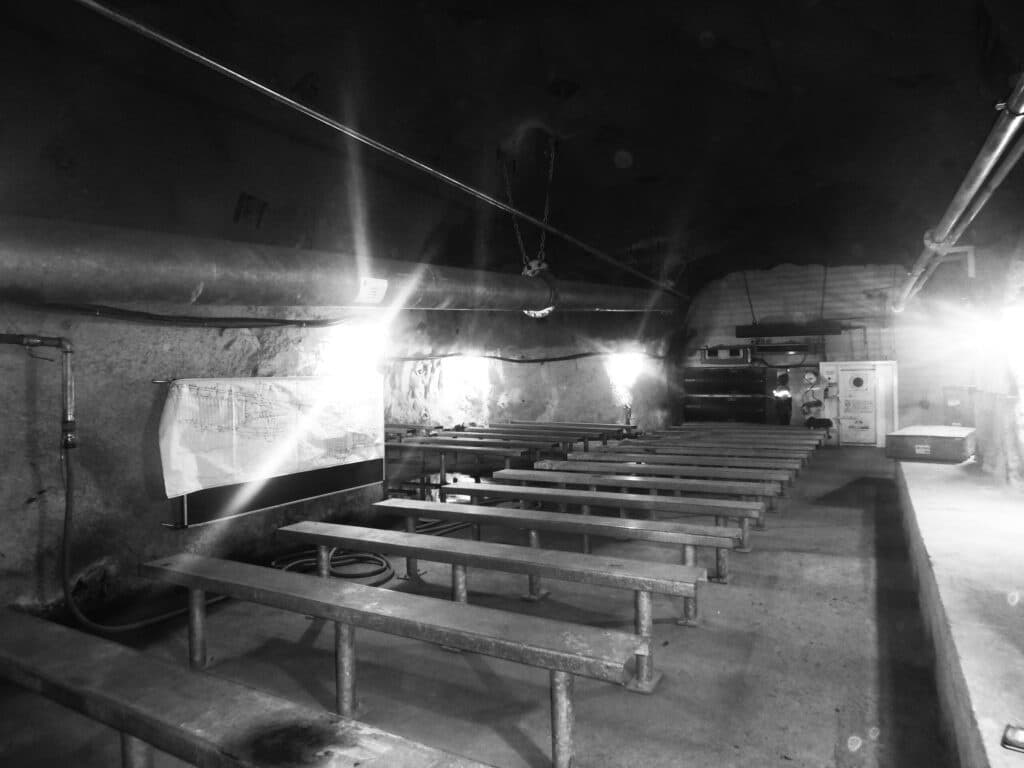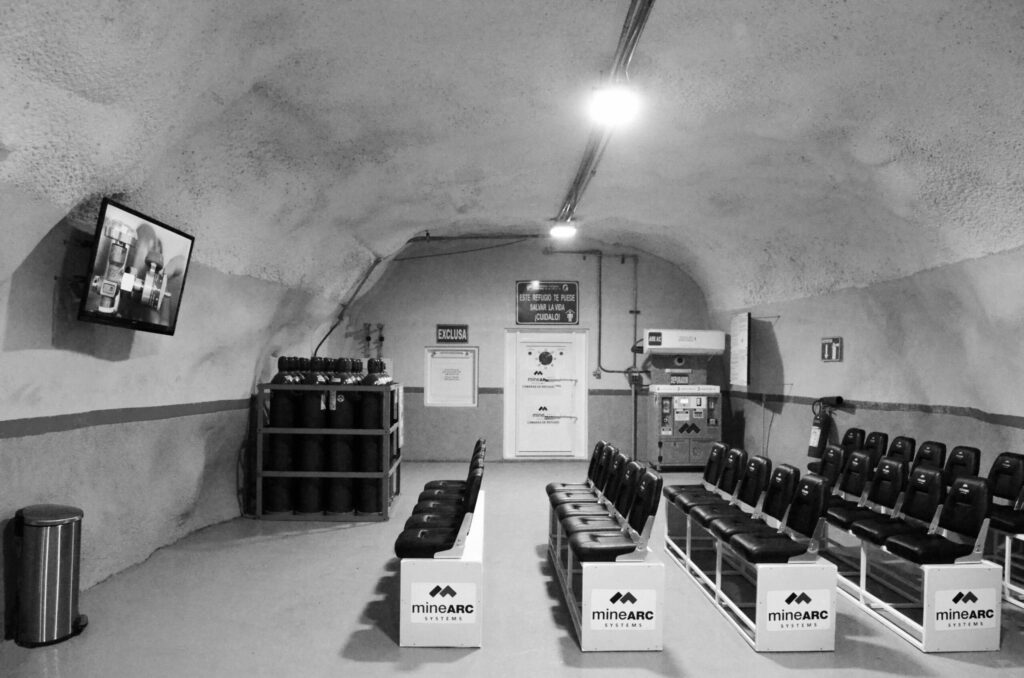Permanent refuge shelters and fresh air bays/bases (FAB) are two alternate shelters used in underground mines, particularly during emergencies. Each structure has a different purpose and offers varied support levels. While at face value, these shelters can appear similar, and often mistakenly, the terms are interchanged, they are vastly different. Taking refuge in either one of these can significantly impact survivability.
The focus in emergencies is to get out safely, but sometimes evacuation isn’t possible. Many variables can impact one’s ability to safely exit, such as mine depth, hazard location, or the length and elevation of underground escape routes. In these circumstances, the priority is to find a safe area to wait until emergency teams arrive or the ‘all clear’ is given.
Actions can make a significant difference in emergencies.
There are several differences in fresh air bays and permanent shelter designs, impacting their emergency suitability. Some critical variations include gas monitoring, air supply redundancies, cooling and adequate sealing. These differences have and will impact personnel well-being.
Fresh Air Bays/Bases:
- Used as a temporary stop during evacuation.
- Built-in underground station with compressed air supply.
- Carved out pockets that contain a continuous air flow and sit outside the direction of return airways.
- Usually contain a copy of emergency procedures, a surface communication device and a supply of potable water.

When should I use a FAB (Fresh Air Bay)? FABs are generally used as a temporary measure in emergency situations. More often than not, they are not equipped to protect you against the various hazards that you could face. In practical scenarios, emergency response teams primarily use FABs to help manage rescue operations. However, they can be used by underground personnel as a temporary stop where self-escape is possible.
Permanent Refuge Shelters

- Provides sealed, airtight shelter in emergencies.
- Controlled atmospheric environment.
- Contains additional life-supporting redundancies (breathable air supply, gas monitoring, cooling and power).
- Habitable environment with communication devices, toilet facilities, food and drinkable water.
- Life-sustaining.
When should I use a Permanent Refuge Shelter? These should be used when escape is no longer an option. Permanent refuge shelters can be located throughout an underground mine and close to active working areas. Their main goal is to house personnel during adverse conditions.
The Benefits Of Having Both
FABS and Permanent Refuge Shelters can be used as part of emergency evacuation procedures but are built to provide differing support.
FABs provide an operational stronghold for emergency response teams to coordinate rescue efforts underground – acting as a pivotal point for communications, planning and a safe location for ambulances and dispatched teams to return. A FAB Controller coordinates operations from the base, maintaining communication lines, monitoring activities, and recording data.
On the other hand, permanent refuge shelters provide a safe location for underground crews to safely wait until emergency response teams arrive or the danger subsides. These shelters are purposefully designed to protect people if the external environment is hazardous, providing a controlled atmospheric environment to sustain life. Often situated in multiple locations throughout a mine, particularly near active areas.






